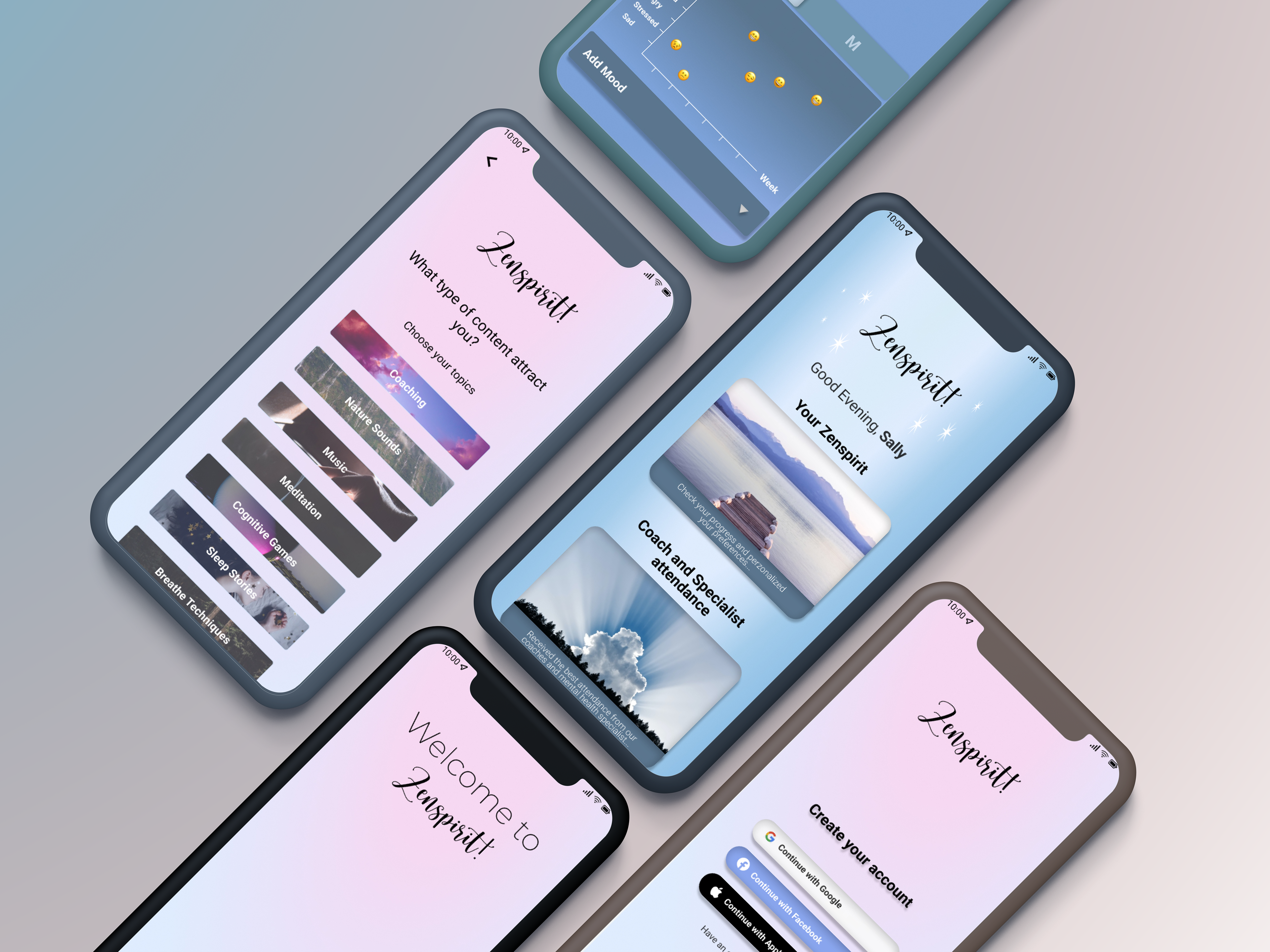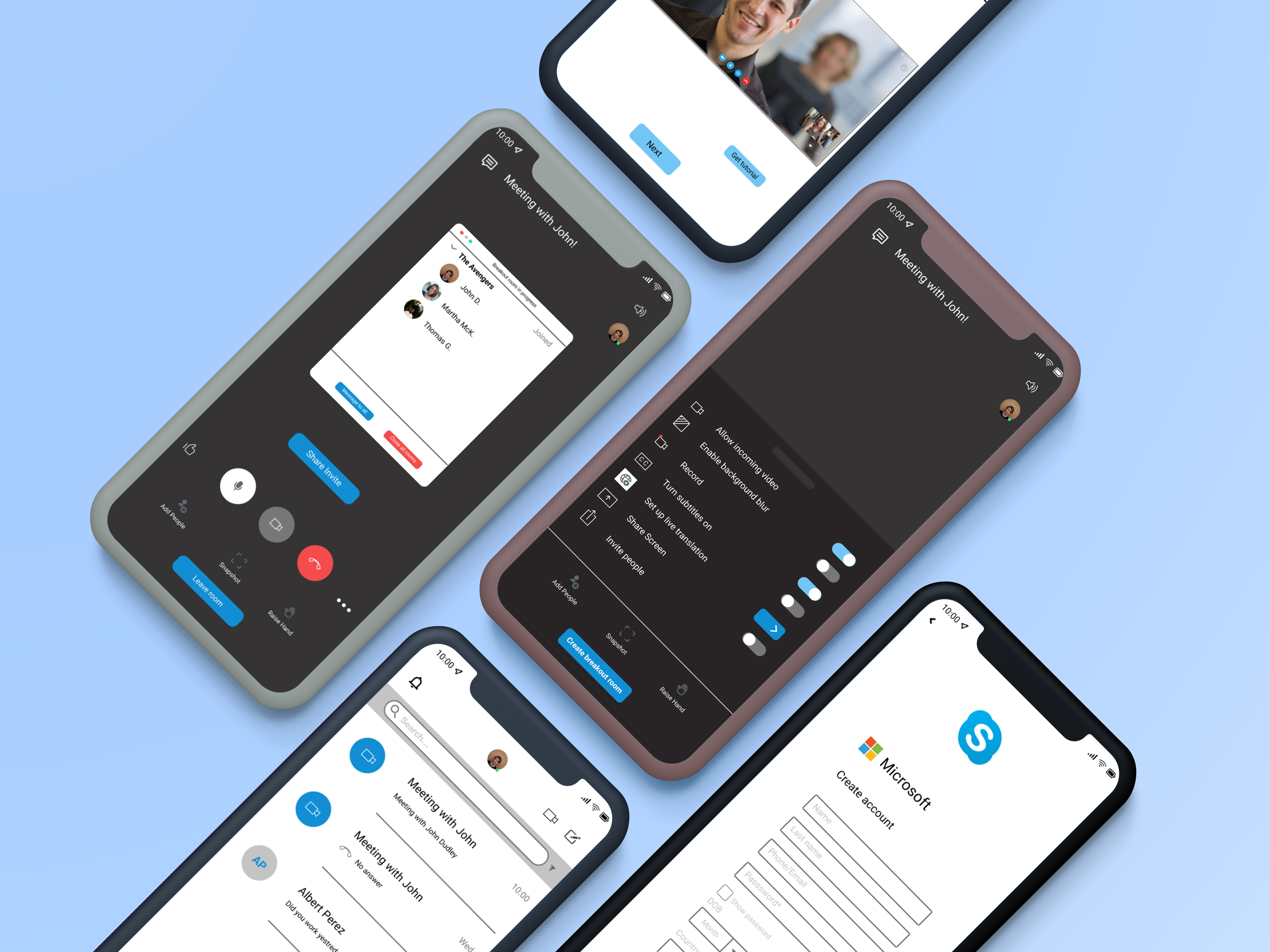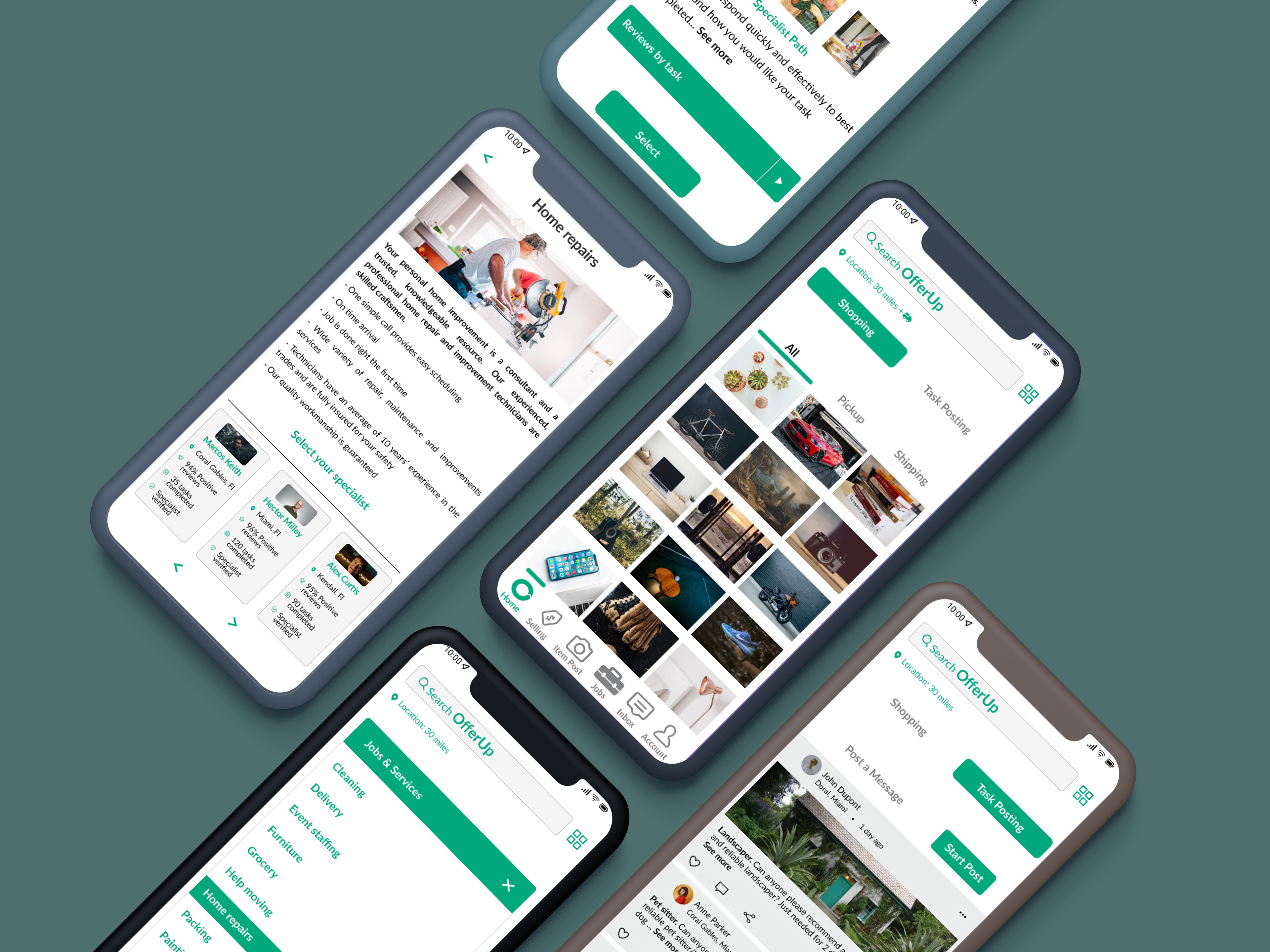UX Research
Prototyping
UI Design
4 Day Sprint
Figma, Maze, Miro
The Brief
Great opportunities bring joy to our life, and at some point, understanding how to create room for these experiences is sometimes a challenge, but also a big pleasure when your goals are well delineated and ultimately achieved. This occasion, in 4 day sprint, our design team dived into the necessity of bringing to life a new joy to our city, the creation of an event that makes people participate, share and enjoy entertainment.
DISCOVER
The Client
The city of Miami is one of the world epicenters for art, but also sport events; this was one of the main reasons that drove us to develop the idea of bringing a tennis event into life.
Different event scenarios counted for us, such as The Lifetime Miami Marathon, the World Classic of Baseball, the Miami Open Tennis and many more that we count as a successful and great economic asset for our city.
Our main goal was to understand why our city needed a new event, secondly we wanted to elaborate a strategy in order to assess all the stages in our primary research. Then, we focused on creating a tennis event.
Market Research
The secondary research provides us this data:
- The price of an individual ticket.
- Free or discounted tickets.
- Availability of tickets online or phone applications.
- The price of items at the concession.
- The existence of a local tennis event with cultural features as well.
Lean Survey Canvas
The first tool that we used for achieving our goal was the Lean Survey Canvas, in general, we took into account the following:
- What users expect in a Tennis event.
- How is the state of the market competitor?
- Best season to make it possible.
- The calendar of other important events. (Event timelines)
- The impact that could have in our community.
- COVID-19 protocols.
Feature Comparison Chart
In order to classify the information obtained by our research, we elaborated a Feature Comparison Chart helping us to compare the direct and indirect competitors revealing some interesting key learning aspects. As direct competitors we found The Junior Orange Bowl and the ATP Master 1000, and as indirect competitors the Dixie Vodka 400, the Miami Sailing, The Miami Marathon, and the Pegasus World Cup.
Market Positioning
A Market Positioning Chart was also created allowing us to know where existing products and services are positioned in the market so we can decide blue ocean as an opportunity to improve our event microsite and the business objectives. This primary research came up with conflicting data in the business community in order to ensure the objectives taking in mind the market context as well.
User Research
Quantitative Data
After obtaining this important resource, we proceeded to determine the quantitative data, elaborating a survey with 9 questions in order to quantify how many customers put value insports events and determining the popularity of such events. This tool allowed us to access users’ opinions and elaborate reasonable statistics.
Qualitative Data
Also, we decided to make a questionnaire and get five interviews (qualitative method) allowing us to filter the data collected going deeper and sharing the user’s stories with others.
Sample question:
What would be the main problems you would improve in an event specifically related with website information? The majority of people provided an answer similar to the one showed below
“Most of the time, event websites look like government sites…They are filled with bottled up information and browsing the site becomes a headache.”
“Every single time that I go to this kind of events, I really enjoy the spectacle and my level of satisfaction in general is positive, however I hate when the event finish and we have to wait for large queues in the parking lot”
“It is always convenient and I’m thankful for my kids that the city have cultural and sport activities that allow the friendship, the healthy competitive spirit and the social inclusion.”
On the other hand, we verified that users see as attractive the idea of a sport event involvingkid’s activities, a stricter organization when it comes to accessing the event taking into account entrance, parking, and exit. They love the tournament strategy, the passion that involves a competition, the emotion torrent and the values that a spectacle like this can exhibit.
DEFINE
Affinity Map
The next step was pretty much to analyze the data already collected from our interview and putting into practice in order to find patterns and values that allow us to organize and analyze all the information
That gave us the possibility to understand the users on:
- Timeline.
- Website accessibility and facilities.
- The most enjoyable part for a sport lover.
- Expectations Level.
- Experience Satisfaction.
- Pain Points.
- Features suggested to improve/include.
- Conveniences.
Value Proposition Canvas-Customer
Then, we examined what the Value Proposition Map revealed, in order to understand what jobs our product is able to offer, what kind of user’s motivations and desired outcomes they have and examine all these in an emotional and social context.
User Persona
Assembled from the behaviors and motivations of our actual users, we decided to create our User Persona, the data already gathered allowed us to composite a group of features and archetypes which we formalize for the purpose of informing the product design that we ultimately have to create. In the definition of a primary type of user, we empathize throughout our process.
As- Is Scenario
Following the process, we found it convenient to introduce an As-Is Scenario Map with the objective of identifying improvement opportunities.
Journey Map
Then, a “Happy Path” came up, as a Journey Map, a valid tool that brings us the opportunity to intervene, empathize with users and also find touchpoints in this mental scheme.
So, in that sense, the first pain point that we found:
- People are concerned about the lack of info in the event website: activities, offers and responsiveness.
- People are concerned about the long queues and the lack of organization when they try to park.
Problems Statements and How Might We
That conducts our research to elucidate the following Problems Statements and their correspondent How Might We.
1- Users need a more efficient way to collect information on event details and offerings.
How might we help inform users about the whole spectrum of event details and offerings?
2- Users need a way to get emotionally engaged at the event because it will complement and add value to their experience.
How might we add emotional value to the user’s experience through this sport event?
3- Users need a way to not feel frustrated or crowded when attending events.
How might we ensure users they will not feel frustrated or crowded when attending an event and they have high expectations?
IDEATE
A brainstorm comes suddenly and focuses our efforts in different aspects that the problem statements and the HMWpointed to. That allows us to begin thinking. We had so many ideas in our parking lot it went by quick building off of each other. Finally, we came out with about 16 ideas.
DEVELOP
MOSCOW Method
In order to know the simplest way to satisfy the business effort and the users values we elaborated the following MOSCOW method.
Minimum Value Product
A sporting event in which guests can purchase tickets and discover all sorts of details through a user-friendly microsite, in order to enjoy an emotional experience composed of professional matches, merchandise sales, and entertainment.
Jobs To Be Done
This tool also showed us what kind of jobs are indispensable in order to develop a successful event such as:
- The website should set up all the options advocating for on-site attendance. Avoiding the third party is indispensable for information and payment options.
- The time out for a ticket reservation or purchase should not be a limit or an issue for users.
- Activities that make the users satisfied spending their day in an interactive environment.
Site Map
User Flow Chart
In order to validate the user journey, we present the path that will take to complete this task. That scenario allows us to detect possible pain points and simplify the solution. These tools Site Map first and User Flow Chart were a clear guideline in our development stage in order to set up all the features already ideated, and also allowing us to analyze each stage of the mental process and identify obstacles, and unnecessary steps throughout the process.
DELIVER
Finally, we are in the last stage of our Double Diamond process through our Lo-fi, Mi-fi, and the Hi- Fi prototype, showing the features added into our microsite and how findable are the information that users are required to know.
Lo-Fi
I sketched out a quick Lo-Fi prototype to quickly test and get feedback on by using Maze:
- The 100% of users complete the mission via the expected path.
- The average time spent on screens during the path was 10.2s.
- The mission’s average misclick rate is fine: 15.4 %.
- Users complaint about the proximity between the elements in some frames and the sized of the input buttons.
- Incorporate necessary actions and flows.
Mi-Fi
- The 90% of users complete the mission via the expected path.
- The average time spent on screens during the path was 11.4s.
- The mission’s average misclick rate is fine: 17.8 %.
- Align the margins and keep in mind the sized of the typography.
Mood Board
Then in order to to find our color options, we bring the concept through some pictures that could reveal the brands attributes that we pursue to exhibit when we will elaborate our Hi- fi prototypes. So in order to select our patterns we create this Moodbard:
Hi-Fi
Users will be able to:
- Access to the menu and see all the aspects that the website will include.
- Events activities displayed in a simple way to be understandable.
- Features that allow the interaction with players, staff and get the opportunity to receive educational tennis lessons.
- Tickets without intermediaries and parking spots included.
Success and Failure Metrics
Success
-Time spent at event.
- High number of users
- Expectation vs. Reality Consonance.
- Positive Reviews.
- High task completion rates.
- High ratings.
Failure
- Low completion rates
- Low ratings
- Non returning customers
- Negative Word of mouth
- Negative Reviews
CONCLUSION
- Although some UX/UI techniques might seem time consuming, they are actually a time investment.
- Constant iteration and consulting are also time consuming but worth it in the long run.
- The local context of your city can provide you a lot of values that can determine you to be an innovative researcher.
- New tools can improve your UI skills and make your work more feasible such as a Mood board.
- Trust that the features have product market fit.
- Value in the quantitative and qualitative data collected.
Want to read my whole case study? Please check it out on Medium



